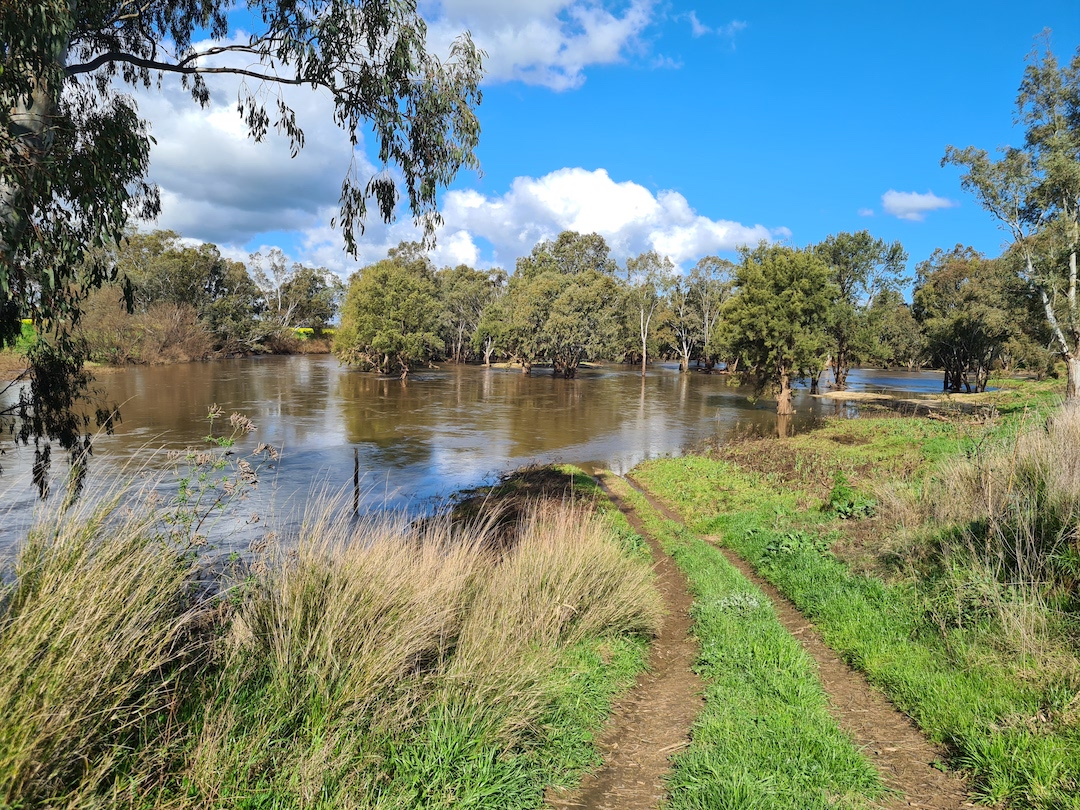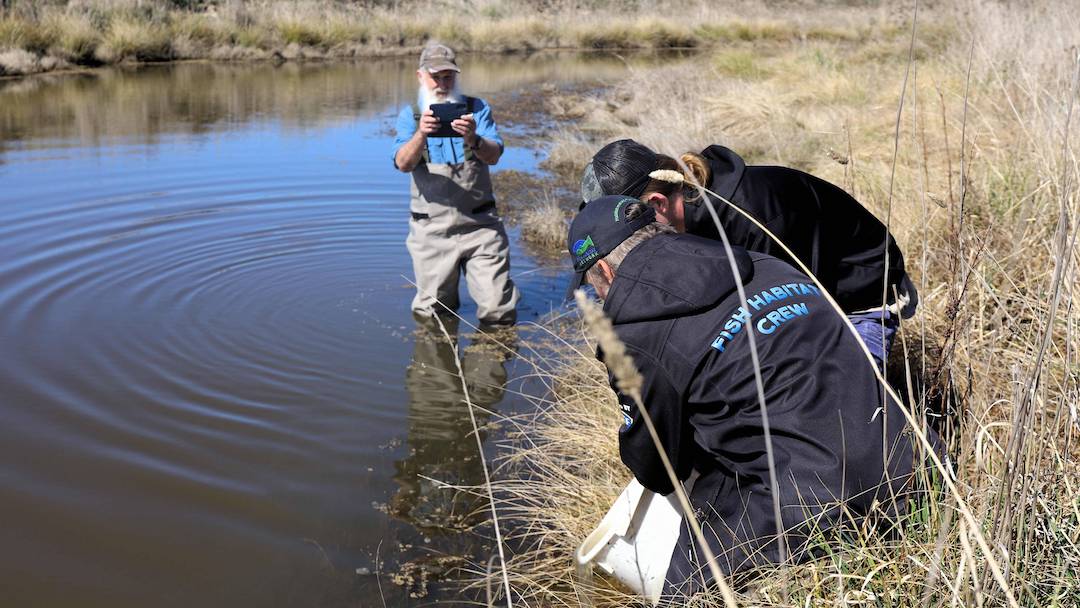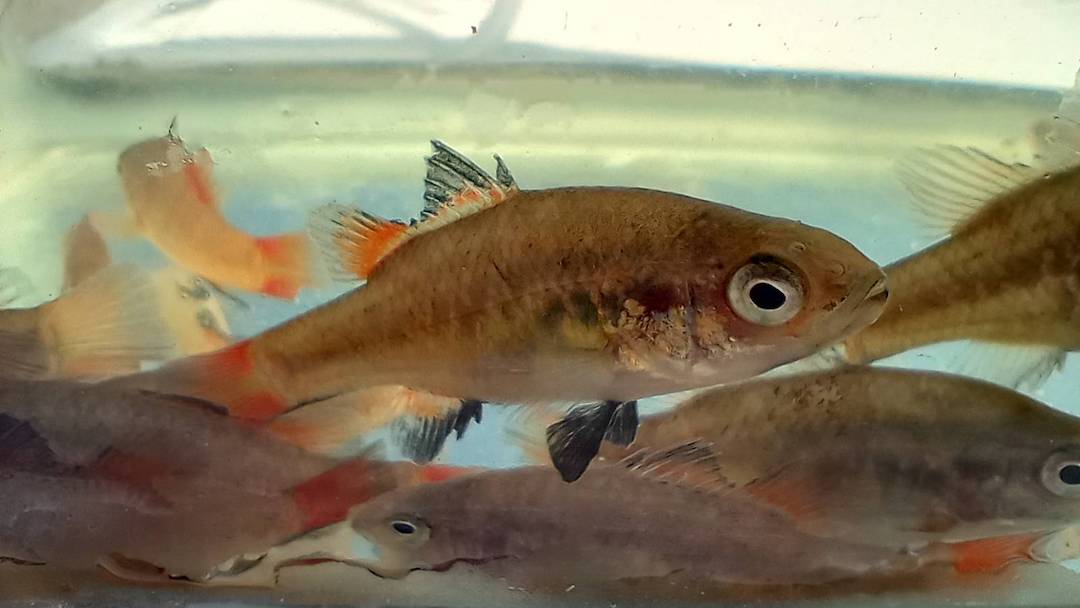Research has revealed that the Southern Pygmy Perch is at risk of extinction.
The small native fish species are dropping in numbers due to predatory threats and changes to their habitat. However, a new project hopes to provide these creatures with the support they need to regrow their populations.

Oolong Creek © OzFish Unlimited
Fascinating fish
Southern Pygmy Perch are small ray-finned fish that grow to around 85mm in total. They live in small water systems, often choosing covered habitats over open water. The fish feed on small crustaceans including amphipods and copepods, as well as insects like mayflies and mosquitoes.
In NSW, only three populations of Southern Pygmy Perch remain. This is due to a number of factors including habitat degradation, as well as the threat posed by alien species including redfin and carp.
It is important that Southern Pygmy Perch are protected not only as unique Aussie wildlife, but also due to their role in maintaining the health and stability of waterways. They are a vital food source for bigger creatures such as Murray Cod and Heron, making them highly important to the food chain.

OzFish Volunteers at Oolong Creek © OzFish Unlimited
Pygmy Perch project
The project to restore fish populations is being led by OzFish Unlimited, Landcare NSW and the NSW Department of Primary Industries Fisheries. The collaborative effort is focused on rebuilding fish habitats in Oolong Creek, a water basin 80 km north of Canberra, as well as removing invasive weeds from the waterways.
Experts are also working alongside Associate Professor Mark Lintermans from the University of Canberra and staff from the NSW Department of Primary Industries Fisheries to catch Southern Pygmy Perch using nets. So far, they have caught around 200 fish and taken them to a location further upstream where they can grow their populations without the threat of alien species and predators.

Southern Pygmy Perch © OzFish Unlimited
Forward thinking
According to Professor Linterman, the collaboration will be ongoing as experts continue to fight for the survival of these native fish.
“For threatened fish translocation, the ideal measure is that you have offspring of offspring. The fish that you’ve put in there have grown up and bred and then the offspring from that breeding have grown up and bred so you have three generations of fish in a population,” he explains.
NSW Department of Primary Industries Senior Fisheries Manager – Habitat & Threatened Species Unit, Luke Pearce, says they have identified other local sites that would be ideal for natural hatcheries. He stressed that redfin are not just a dangerous species for Southern Pygmy Perch, but highly damaging to a number of small native fish.
“It’s astounding how many people I come across who think redfin are a native species and that they’re benign in their impact. They’re so voracious and abundant and they breed up in big numbers,” he said.
“They invade new areas and there’s an explosion in the population where they dominate the system. In that initial boom is when the real damage is done – they can decimate populations of natives and wipe them out.”
The first stage of the project involved removing woody weeds such as crack willow, blackberry and white poplar, from Oolong Creek. However, the team are determined to continue their important work to ensure Southern Pygmy Perch remains in NSW waterways. The focus is on establishing new habitats and hatcheries, as well as limiting the threat from invasive species.
To read about another endangered native species, click here.
